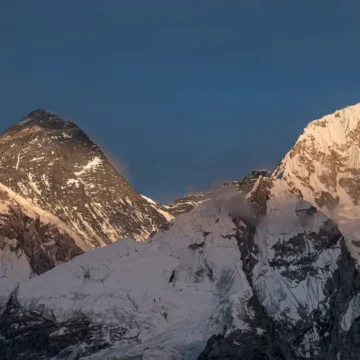
12 Tips for Safe Drinking Water While Trekking in Nepal

Table of Contents
Drinking water while trekking is always a problem. You run out of drinking water in the middle of nowhere, and local natural water resources may not be pure enough to drink.
If you are not hydrated properly while trekking, then you are experiencing problems like dehydration, altitude sickness and fatigue. To avoid such problems, go through this article, which will give you ideas on how to make water drinkable.
Always Treat Water from Natural Resources
While trekking in remote areas, you might run out of your stock of water. There are always local resources from where you can fill up your water bottle and drink. Even locals may encourage and drink themselves from natural resources, but that might not be suitable for you.
Your body might not digest or process that water, and you might fall sick. So always treat water before consuming, and you can do it in the following ways.
Boiling: You can fill up your bottle from there and request the teahouse owner to boil it. Boiling water at 100 degrees Celsius will kill the harmful particles.

Water purification tablets: Before starting your trek, throw some purification tablets in your bag. They are easy to carry and easy. Just drop a tablet in your bottle, wait the recommended time, which is usually 30 minutes, and you are good to go.
UV purification devices: Use UV purification devices like SteriPEN, which uses ultraviolet light to kill germs. Just stir it in your water bottle for about a minute. It needs batteries but is quick and chemical-free.
Portable water filters: Use portable water filters like LifeStraw or Sawyer, which physically remove bacteria and protozoa. You can drink directly through them or filter water into a bottle.
Carry Reusable Water Bottles and a Filtration System
A good quality reusable bottle helps reduce waste and keeps you hydrated throughout the day. Pairing filtration system ensures safe drinking water while trekking even if you consume it from natural water resources like rivers, taps, or springs, which often contain harmful bacteria.
A portable water filter like Grayl, Sawyer, and LifeStraw physically removes harmful particles. These filters are lightweight and easy to use. Some fit directly onto bottles, while others allow you to filter water into a container.
In places with limited access to treated water, this setup offers independence and safety. Filters usually last for hundreds to thousands of litres before needing replacement. It’s a long-term solution for clean water.
Avoid Buying Single-use Plastic Bottles
While trekking remote areas, carrying a reusable water bottle and a reliable filtration system can be beneficial for both you and the local community. Plastic waste is a big problem in the Himalayas of Nepal.
Due to careless and irresponsible plastic waste management, the ecosystem is dying in the mountains. So single-use water bottles cannot be suitable. In some routes like Everest Base Camp, there are very strict rules against careless plastic waste management.
You’ll also find that many teahouses offer safe refill options for a small cost, supporting both your health and local businesses.
Monitor Water Color and Odor
It is understandable that while you are very thirsty, you might miss the step to check the water for its colour and smell. But it is very crucial that you check clear water is not always safe, but murky, discoloured or foul-smelling water is a definite red flag.
Trust your senses, and if it seems off, avoid it. Instead, you can borrow some water from trekkers who are returning or other fellow trekkers; they can understand your condition and help.
Keeping yourself alert to these signs can prevent illness and ensure safer hydration on the trail.
Drink Plenty to Avoid Dehydration
While trekking through rough terrains, you lose water through sweat, breathing and high altitude. Dehydration reduces energy levels and focus and increases the risk of altitude sickness.
Drinking small amounts of water regularly, even if you don’t feel thirsty because of the high altitude, can save you from so many problems. Make sure you drink 3-4 litres of water daily. Don’t wait until you feel thirsty, as thirst is a late sign of dehydration.
Be Cautious with Tap Water
The tap water in most trekking regions, particularly in remote areas, is not safe to consume. It may contain diarrhea-causing bacteria, viruses and even parasites.
One should not trust tap water without treatment, even in the teahouses or hotels. Have it boiled for at least one minute, have purification tablets, or purify it in a good device.
Locals may consume it without problem, but this cannot be the case for you. Caution when using tap water will help you avoid falling sick and drinking safely in areas that you are not used to.
Use Backup Purification Methods
Every trekker should carry a backup water purification method because batteries may die, UV pens break, and filters clog. That’s why having backup purification methods like chemical purification tablets or boiling is best.
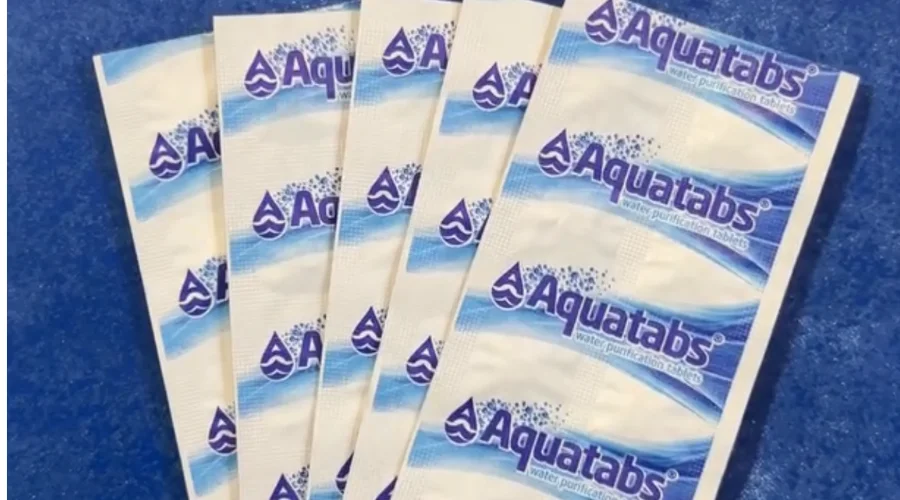
For example, after filtering muddy water, you can treat it with iodine or chlorine tablets to kill microscopic pathogens. UV purifiers like SteriPEN work well but fail in cold or cloudy water.
Filters such as LifeStraw and Sawyer remove bacteria and protozoa, but not all viruses. Tablets are ultralight, last long, and are perfect for backup. At high altitudes, boiling is always reliable, though it requires fuel.
Plan According to Terrain and Water Sources
Before trekking, study your route and note the locations and reliability of natural water sources like springs, rivers or village taps. In some dry or high-altitude zones like Upper dolpo, water points are far apart or frozen, especially in winter.
You can use topographic maps, consult with a guide beforehand or ask locals about current water availability. Plan according to terrain because, in some remote locations like the Manaslu circuit trek, which includes long daily walks like 6-7 hours, drinking water can be a problem.
Efficient hydration depends on how well you understand the terrain and water logistics.
Educate Yourself on Local Hygiene Practices
Hygiene standards vary across trekking regions. Learn how locals handle water, food, and waste to avoid illness. Like in the Annapurna Base Camp trek, you will see trash cans placed in different locations in the mountains.
In some areas, water may be untreated or stored in open containers. Dishes might be washed with cold or unsafe water. Observe food prep in lodges because covered food, clean utensils, and boiled water use are good signs.
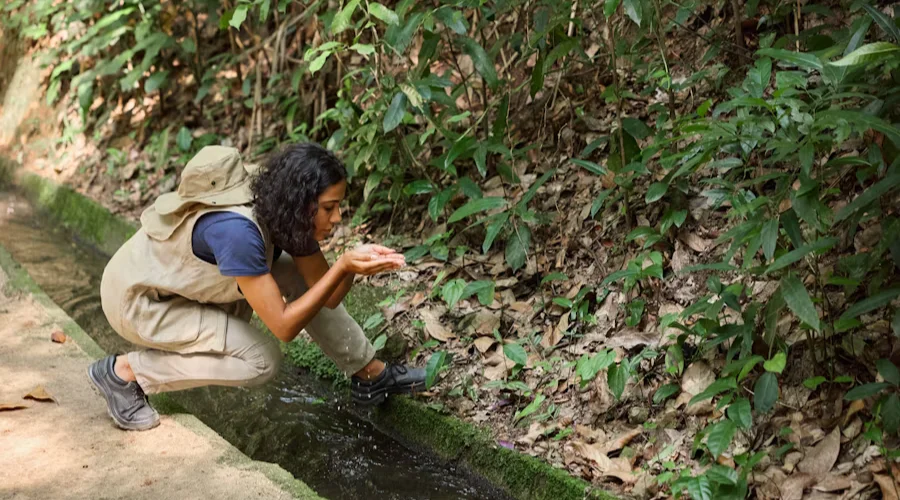
Ask guides or locals about safe refill spots and eating places. Carry your own mug or utensils if needed. Also, stay away from dirty natural water sources where cattle bathe and avoid washing, brushing, or using soap with that water.
Understanding and respecting these local practices keeps you healthy and fosters mutual respect with the communities you pass through.
Stay Informed About Waterborne Disease
Keeping yourself educated about waterborne diseases and how contaminated water can make you ill can be a lifesaver. Waterborne diseases like giardia, cholera, E. coli and dysentery can happen on treks if you consume untreated water.
These illnesses can lead to severe dehydration, nausea, vomiting and diarrhea, and sometimes situations get so dire that you might require evacuation. These diseases can be prevented with good purification practices like boiling, filtering or disinfecting every drop you drink.
Never Drink from Mountain Streams
Your naked eyes cannot judge if the water resource is pure or not, though it can give you warning signals if water is of unusual colour.
While on the Nepal Tour, mountain streams may appear crystal clear, but they often carry invisible threats like animal waste, human activity, or dead organic matter upstream.
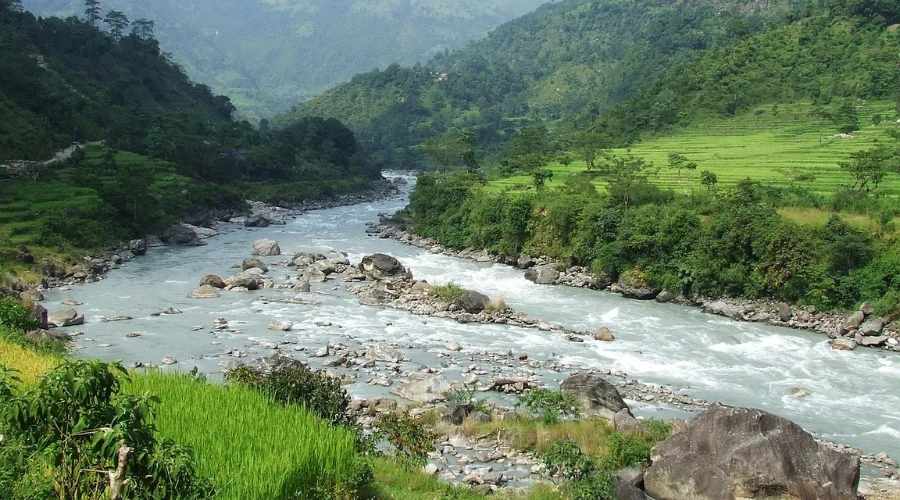
In rural Nepal, many water taps or lakes are shared and untreated. Before refilling your bottle, observe the surroundings because livestock may be nearby, or any waste can be dumped. It may not be safe, so always purify or boil such water.
Know the Refill Stations on Popular Routes
On Popular trekking routes in Nepal like Everest Base Camp, Annapurna Circuit and Langtang Valley Trek. There are water refill stations, especially in eco-conscious villages.
Many teahouses and lodges offer boiled or filtered water for a small charge. Some villages along the Annapurna circuit trail have safe drinking water stations.
Knowing where these are helps you plan how much water to carry, lightens your pack, and ensures consistent access to safe drinking water.
Where to Buy Water Treatment Gear in Nepal?
For drinking water while trekking, you can treat water with purification gear, which you can purchase in Thamel if you are in Kathmandu, and if you are in Lakeside (Pokhara), most trekking shops along the lakeside sell everything from filters to iodine tablets. Make sure the things that you purchase are up to date.
If you are trekking with Himalayan Masters, we provide you special water bottles and purification tablets which you can use. You can use them when you have to consume water from rivers or streams. Just take a pill out and drop it into your bottle, wait for it for 20 minutes and it is good to consume.
Want to know more?
Speak to an Expert


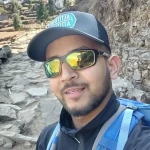


Sandip Dhungana
Nepal 🇳🇵
Whatsapp: +977-9823636377

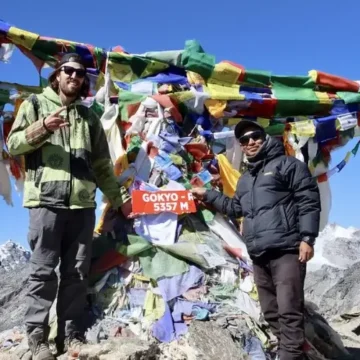
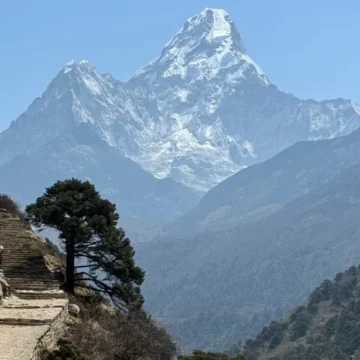

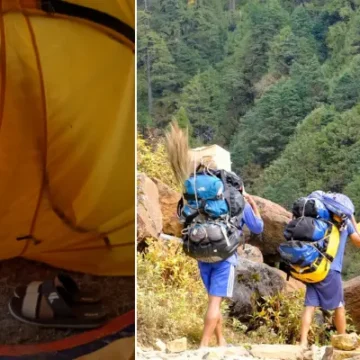
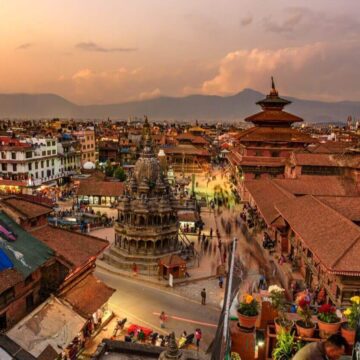
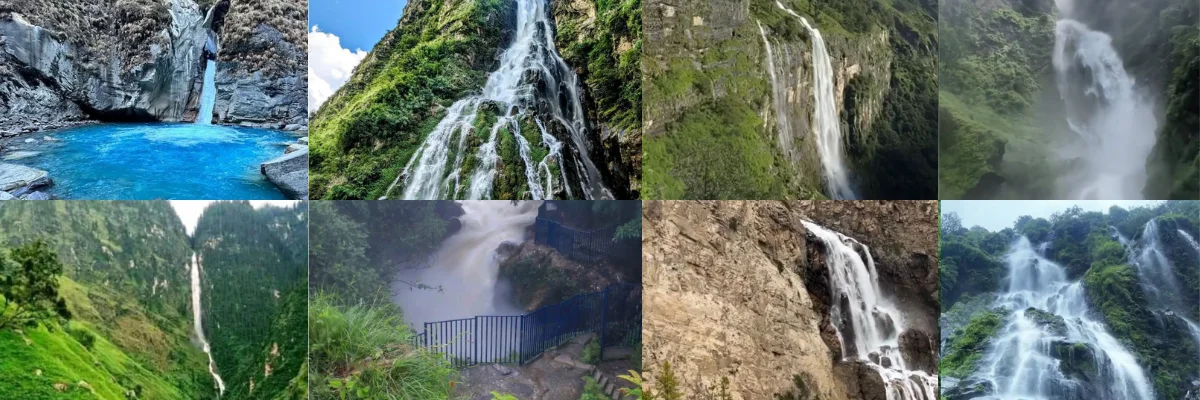
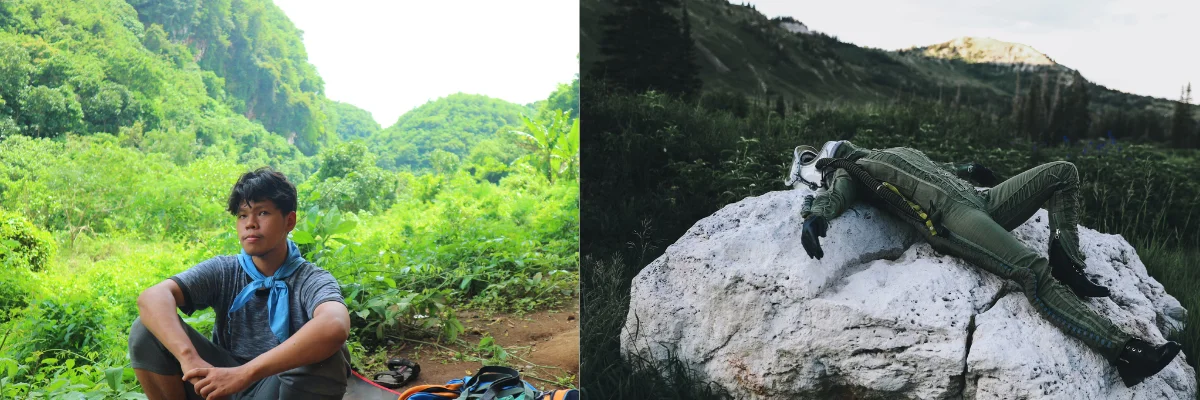
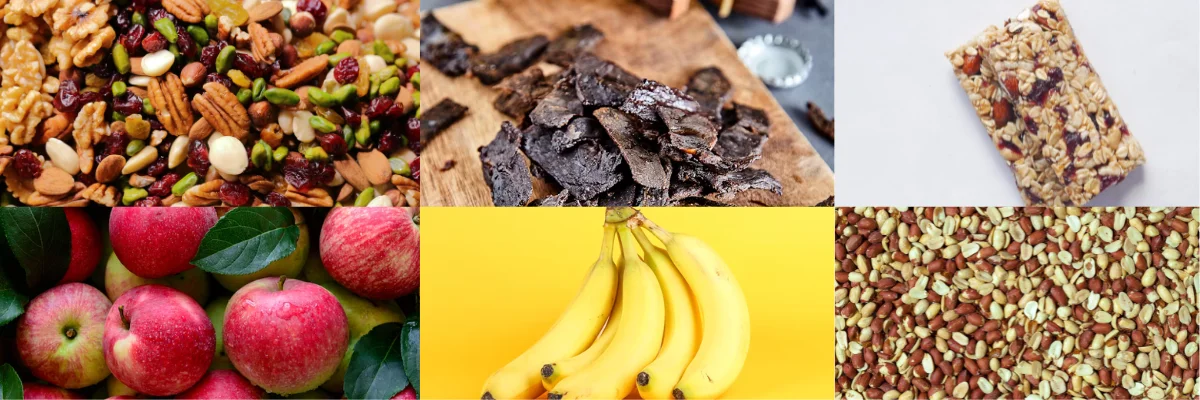
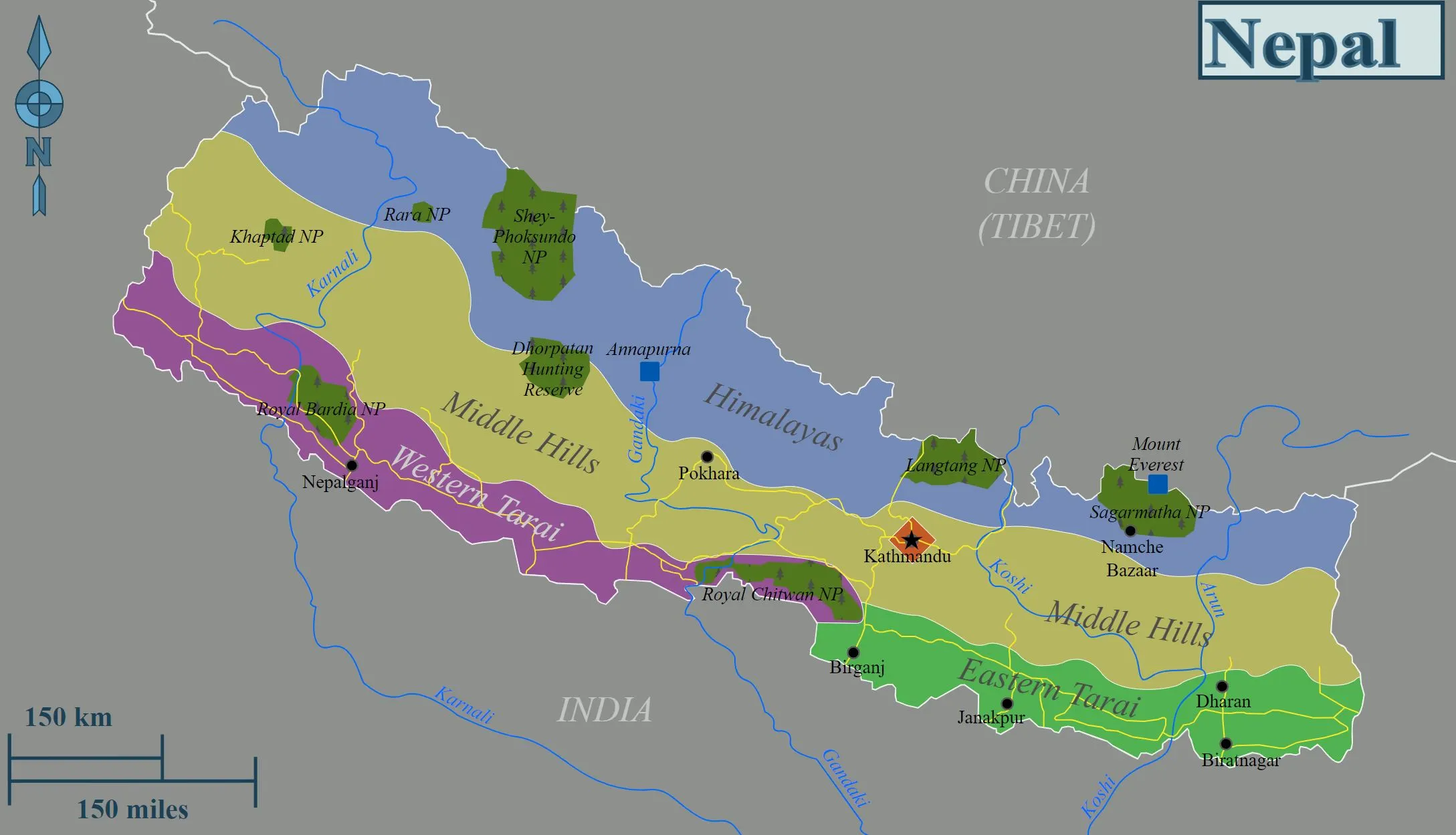










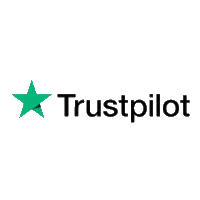
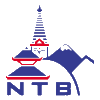
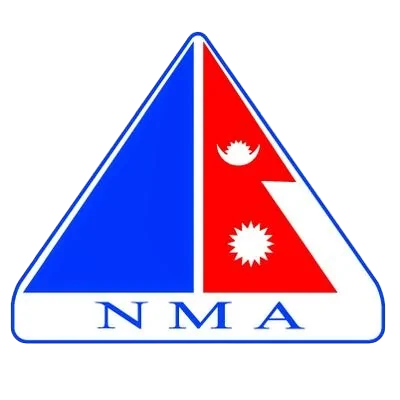


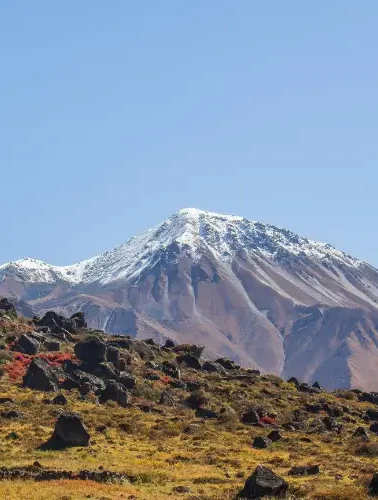

Leave Your Comment